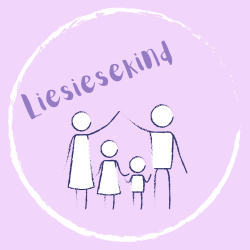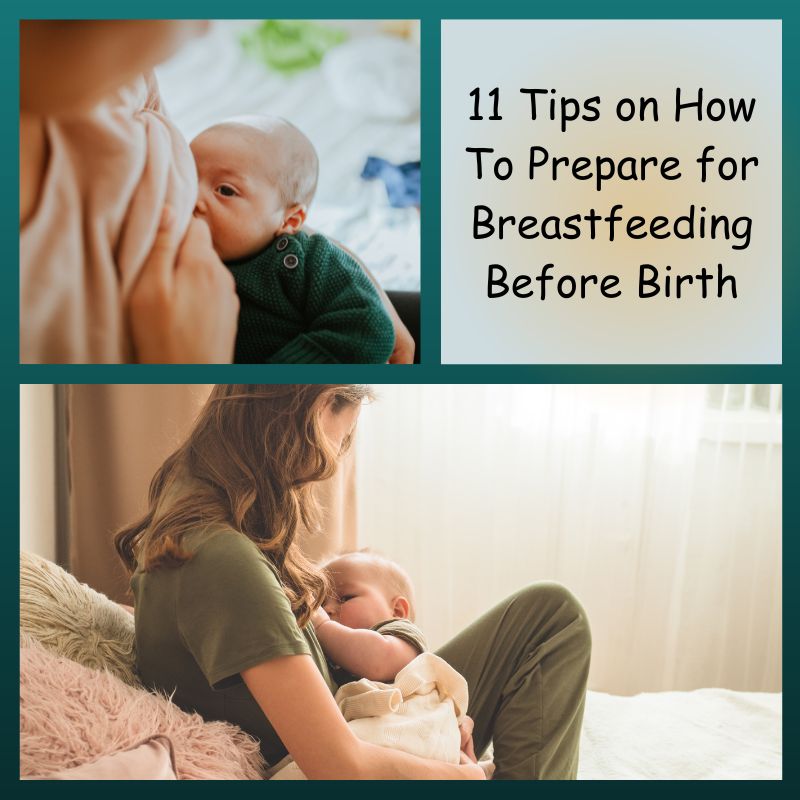The way our bodies are made and how it prepares for labour and recovers afterwards is always astounding to me. Here are 14 surprising breastfeeding facts, that you are most probably unaware of. I could not breastfeed my son for long and threw in the towel at ten weeks due to insufficient milk supply, but the experience was one I would never forget. When I was nursing, it truly felt like I was bonding with my baby boy.
14 Surprising facts you may not know about
1. Cup size has got nothing to do with milk supply
Hormones are the primary reason that triggers the mammary glands to discharge milk.
2. Most Canadian women breastfeed their babies exclusively for six months or more
Approximately ninety percent of Canadian moms report having breastfed their babies. Those who nursed exclusively for six months or longer, tend to be in their thirties, or older. The most commonplace reason for stopping before six months were due to difficulty with nursing technique and insufficient breast milk.

3. Just thinking about your baby can cause your breasts to leak
Did you know that your breasts can start leaking simply by hearing another baby cry or thinking about your baby, therefore make sure you wear breast pads all the time.
4. All women have asymmetrical breasts
Not a single woman has symmetrical breasts, and they may become more uneven during nursing, especially if your baby favours one breast. When breastfeeding, some women’s breasts swell, while others do not grow much, however, they can still keep up with their baby’s demands.
5. Nursing can lead to drowsiness
This is not just a result of sleep deprivation. When you are lactating, your body releases oxytocin, which results in relaxation.
6. Breastmilk has phenomenal healing properties
Breastmilk contains powerful antibodies that protects your infant against infections. Just a few drops of breastmilk can help soothe diaper rash, treat acne, relief a sore throat, and assist with alleviating ear and eye infections. Your breastmilk can help with relieving eye irritation when your baby has plugged tear ducts (a common occurrence in babies).

7. Breastfeeding sessions typically lasts between five to forty minutes
New-borns feed between five or forty minutes, sometimes even longer.
8. Breastmilk tastes similar to cow’s milk
However, the taste is sweeter and nuttier, almost like vanilla. The hinds milk which comes out at the end of a breastfeeding session, is typically thicker, creamier, and similar to condensed milk.
9. The best time to express is an hour after the first morning feed
To accumulate an impressive freezer stash of breastmilk, the best time for expressing is about an hour after your infant’s first morning feed.
10. Approximately ten percent of infants are born with tongue-tie
This could impede a nursing latch and is more predominant in boys. A procedure referred to as frenectomy can rectify the issue.
11. Looking at a video or picture of your baby can encourage milk supply
If you are struggling to pump, take a few deep breaths and look at a video or picture of your baby to assist with let-down.

12. Boys typically drink more milk as opposed to girls
Studies have revealed that baby boys consume more breastmilk per day than girls, on average.
13. Guinness is not necessarily the best thing for boosting milk supply
Although postpartum women in the United Kingdom were encouraged once before to drink a pint of Guinness to promote milk supply, the truth is that the barley that is used for making beer might enhance prolactin (hormone that promotes lactation), the alcohol content in the beer can impede it. Instead, wait two hours after consuming a drink before breastfeeding.
14. Nursing can decrease the risk of breast cancer
For each year that a mom nurses, her risk of getting invasive breast cancer drops by six percent. Prolonged nursing is also associated with a reduction in ovarian cancer.
Conclusion
I hope you have found these surprising breastfeeding facts interesting and if you know of any others, please feel free to share them with me in the comments section.





What interesting facts Elize! Thank you for sharing!
You’re welcome Marlene and thank you so much for reading my article. x
I remember that lazy feeling after breastfeeding my babies. We would both inevitably fall asleep feeding, especially when they were newborns. It was a lovely bonding feeling.
I wish had known about that optimal time for expressing milk. I was never much good at it and I often tried to express about an hour after feeding but I don’t think I ever really did it in the morning because I was always trying to get things done. When I tried expressing it was always in the afternoons or after the evening feed. But now that I think about it, it really makes the most sense.
Hi Lynne. Yes, it was the same with me. I always expressed at night instead of in the morning after the first feed. I was a bit clueless about breastfeeding and basically figured it out on my own. 🙂